Pandemic Reshaping Fall 2020 on Campus
The continuing public health threat posed by COVID-19 will impact almost every aspect of academic and campus life at Georgia’s colleges and universities.
Dave Schechter is a veteran journalist whose career includes writing and producing reports from Israel and elsewhere in the Middle East.
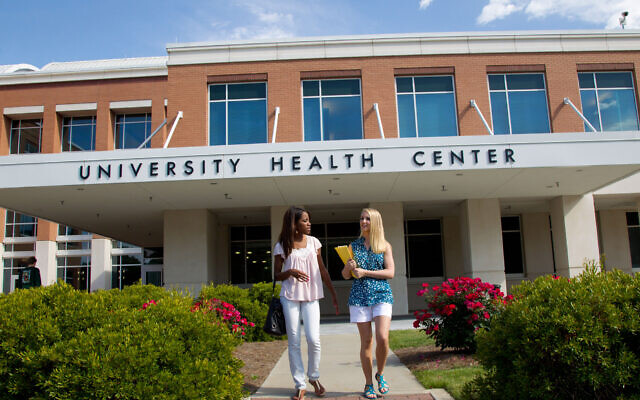
With the start of the fall semester just weeks away, the proverbial 11th hour was nearing when the agency that oversees Georgia’s public universities reversed course and directed that masks be worn this fall in classrooms and campus buildings.
A growing clamor by faculty, staff and students on social media and to the news media preceded the July 6 announcement by the University System of Georgia that masks would be required “where six feet social distancing may not always be possible.”
The previous USG policy had been to “encourage,” but not require, the wearing of masks to retard spread of COVID-19. The policy shift brought the state’s public universities closer in line to many of the private colleges and universities, which already had mandated mask use for the fall 2020 semester.
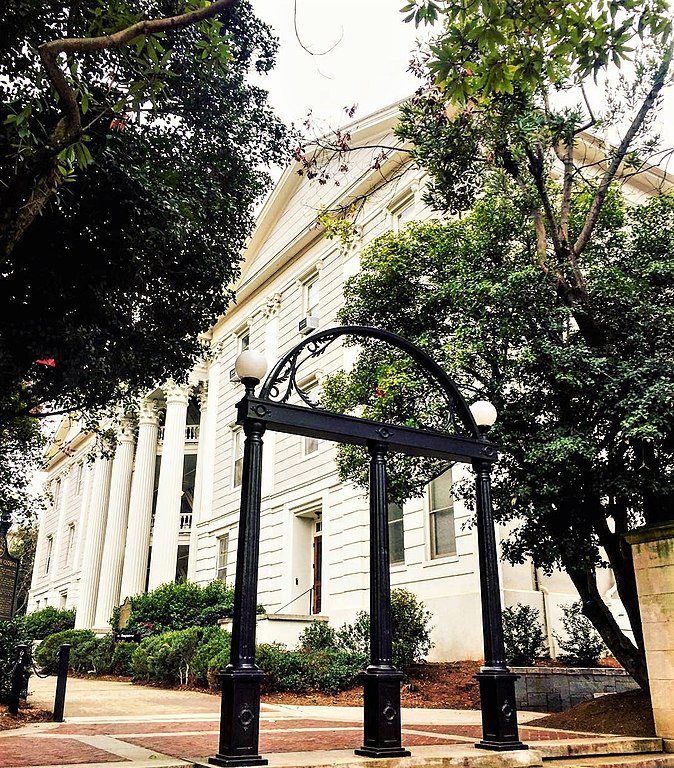
Masks have been just one among numerous issues facing colleges and universities planning for the start of the 2020-21 academic year. So long as COVID-19 poses a threat to public health, there are no finalized plans, only plans waiting to be changed. While face-to-face education is the ideal, administrators are preparing combinations of in-person and remote instruction, or only the latter, if the situation warrants.
The challenges stemming from COVID-19 are similar at most schools, but the scale differs depending on their size, and the privates have had a freer hand than the publics in designing their plans.
Some schools are condensing the academic calendar, starting earlier than usual and eliminating the Labor Day and fall breaks. More common (but not uniform) are plans to end classes by Thanksgiving, with exams to be administered online. Students can expect enforced social distancing in classrooms and intricate schedules that alternate in-person and remote instruction.
The trends affecting campus life include eliminating the dormitory triple or quad so that no more than two students share a living space; relaxing rules about freshmen living on campus; finding single rooms for students with health issues; and making provisions to quarantine students exposed to COVID-19 and isolate any testing positive. In dining halls, the communal salad bar, buffet, and soup station will give way to pre-packaged and ready-to-go menu offerings.
The unsung heroes will be the maintenance and custodial workers on these campuses, whose often overlooked labor takes on greater importance as they meet increased health and safety standards.
One thing is unlikely to change: The bill students and parents pay for the semester. Students from 25 schools, including Emory University, filed lawsuits claiming that they received less than they paid for when sent home to work remotely during the COVID-impacted spring 2020 semester. Comments reported by Emory’s student newspaper, The Emory Wheel, suggest similar sentiment heading into the fall semester.
The Chronicle of Higher Education has tracked the plans of colleges and universities nationwide. As of July 8, out of 1,110 schools whose plans were known, 59 percent were planning for in-person instruction, 26 percent were proposing a hybrid of in-person and online, 9 percent were planning for online instruction, 4.7 percent were considering a range of scenarios, and 1.6 percent were listed as “waiting to decide.”
The University System of Georgia, which oversees the education of some 334,000 students, reviewed plans submitted by 26 schools in the system with an eye toward flexibility: “Classes and operations must be able go between best practices in face-to-face and online delivery for a period, based on public health information during the semester. Each institution must be prepared for a disruption in the fall semester based on the fluid situation. While we have proven we can move to an online environment very quickly, we now need to develop and implement best practices for moving to the online environment.”
The options in the planning lexicon at Georgia Tech reflect that need to remain flexible:
• Residential with spread, the traditional face-to-face classroom method with social distancing measures in place.
• “Hybrid,” primarily online but with limited in-person instruction.
• “Hybrid hands-on,” online courses, with students coming to campus for studios and labs.
• “Hybrid touch points,” online courses and lectures, with students coming to the classroom several times during the semester for “meaningful in-person experiences.”
• “Hybrid split,” courses offering lectures both in-class and through recordings, depending on the available technology, with small groups of students coming to class.
• “Remote,” courses taught completely from remote locations and delivered online.
Across the state, various measures will be employed to achieve social distancing, such as removing some desks from classrooms or marking some as not for use, which becomes possible if course schedules stagger when students are present. Oglethorpe University, which will have 1,300 students on its Gothic-architecture campus in Brookhaven, planned to install acrylic barriers in larger classrooms “to allow adequate capacity while adhering” to distancing guidelines.
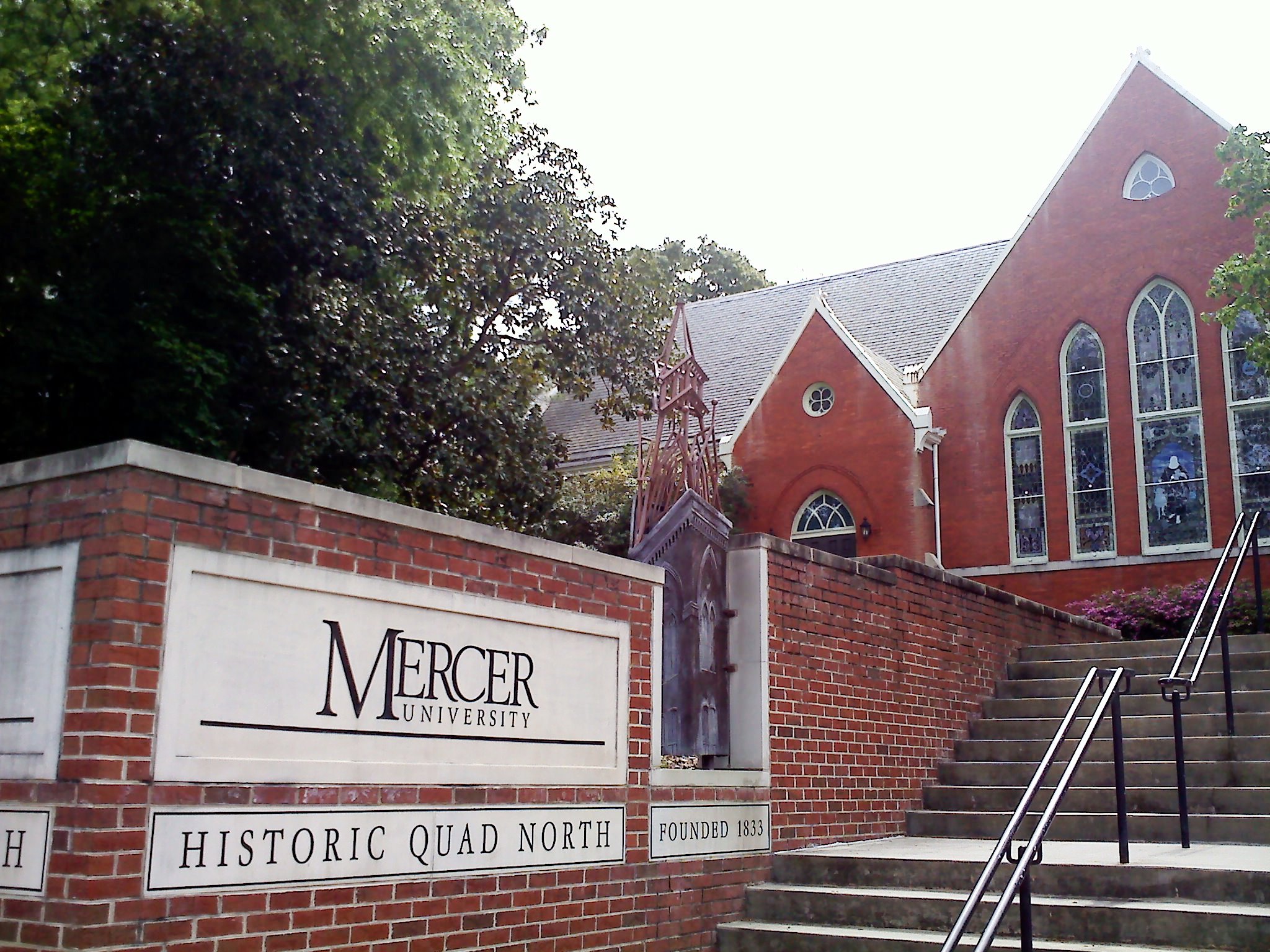
Mercer University promised that when 4,800 undergraduates arrive at its Macon campus there will be “an on-campus lab that will be certified and staffed to process up to 1,000 COVID-19 tests a day, with results delivered in hours, not days. We will also be able to quarantine and care for students in isolated housing, if necessary, and notify, assess, and monitor faculty and staff who come in close contact with any individual who may test positive for the virus.”
From the smallest college to the largest university, the school semester will be different. At Emory University, with 8,000 undergrads and 7,300 graduate students, “We will deliver an equivalent Emory experience, knowing the necessity of health and safety protocols will prevent us from providing an identical experience to past years,” read an email to the campus community from Claire Sterk, the current university president, and Gregory Fenves, who succeeds her on Aug. 1.
Upwards of one-third of Emory’s faculty may teach remotely “due to their own health circumstances and their need not to interact in person due to age or immunocompromised situations,” Jan Love, Emory’s interim provost and executive vice president for academic affairs, said during a videoconference.
“COVID-19 testing will be mandatory for all students living in residence halls, along with those taking in-person classes, upon or shortly before returning to campus, and will be available at any time during the semester for those who are symptomatic and for their close contacts. Faculty and staff will have access to testing on demand,” according to Emory’s website.
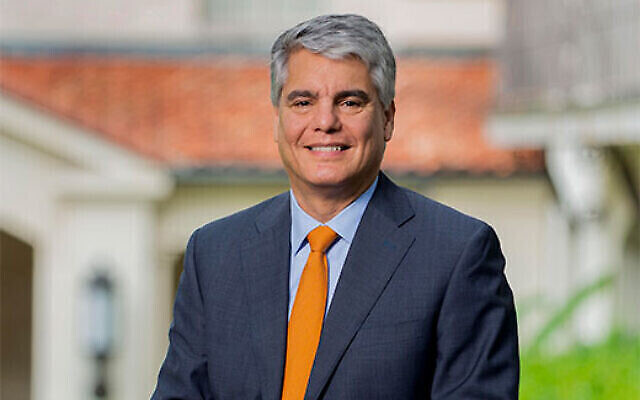
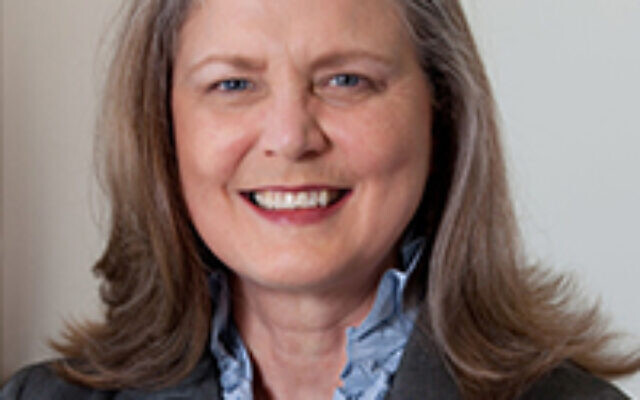
Emory’s policies also include: “Wearing masks in all public places, including labs, classrooms and offices.”
The revised USG policy stated that as of July 15, “institutions will require all faculty, staff, students, and visitors to wear an appropriate face covering while inside campus facilities/buildings where six feet social distancing may not always be possible. Face covering use will be in addition to and is not a substitute for social distancing.
“Face coverings are not required in one’s own dorm room or suite, when alone in an enclosed office or study room, or in campus outdoor settings where social distancing requirements are met.
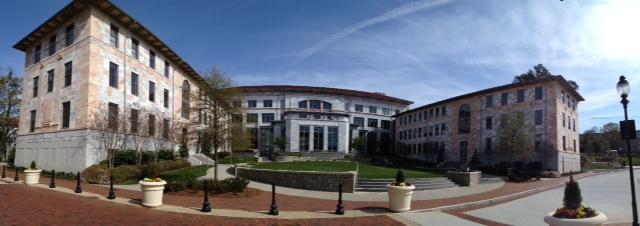
“Anyone not using a face covering when required will be asked to wear one or must leave the area. Repeated refusal to comply with the requirement may result in discipline through the applicable conduct code for faculty, staff or students.
“Reasonable accommodations may be made for those who are unable to wear a face covering for documented health reasons.”
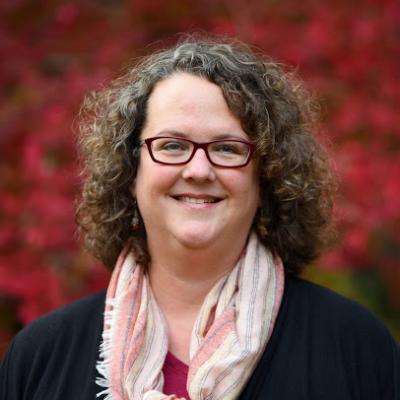
Merely encouraging the use of masks was considered insufficient by large numbers of faculty, staff and students at Georgia’s public universities. More than 3,000 people signed on to a change.org petition created by the UGA Women’s Caucus.
“To me, it’s a matter of safety for students,” Janet Frick, an associate professor in UGA’s department of psychology, told Atlanta television station Fox 5. “If we do not have an expectation that everyone on campus will be wearing masks, it becomes an unsafe learning environment for students.”
The concern was similar at Georgia Tech, which has some 16,000 undergraduates and 20,000 graduate students, though a significant portion of the latter are enrolled in online programs. Georgia Public Broadcasting first reported that more than 700 of Tech’s faculty had signed a statement that sought four actions:
• Empower Tech’s president to “act independently to safeguard the health and safety needs of the Georgia Tech community.”
• Make remote learning “the default mode of instruction . . . to reduce disease transmission risk and to reduce disruption of educational delivery in the event of worsening epidemic conditions.”
• On-campus learning should be permitted “for the limited number of students who need access to campus residences and on-campus laboratories or other specialized facilities.”
• “Make face masks required everywhere on campus, provide large-scale Covid-19 testing, and ensure timely contact tracing of new infections.”
Where Emory plans an “equivalent experience,” the state’s flagship university in Athens “will offer a robust student experience, with continued student life services, support, facilities and co-curricular experiences to the fullest extent possible,” according to UGA’s 225-page “Plans for a Phased Return to Full Operations.”
That issue of scale becomes clear when you consider that, according to The Red & Black student newspaper, the University of Georgia – which has 30,000 undergraduates and 9,000 grad students – ordered more than 4,000 gallons of hand sanitizer for distribution in classrooms, offices, and common areas, and also ordered more than 2.5 million sanitizing wipes.
To get a sense of how complicated details for the fall semester can be, Georgia State University plans a blend of face-to-face and digital instruction for 53,000 students, who are spread out between its downtown Atlanta campus (about 33,000) and five satellite campuses.
Consider this excerpt from GSU’s statement: “In this plan, classroom seating will be limited to 50% of students attending on each day of a two-day-per-week class, and 33% of students on each day of a three-day-per-week class. For example, in a M/W class, half of the students (Group A) will meet in the assigned classroom on Monday and the other half of the students (Group B) will meet in the classroom on Wednesday. In a M/W/F class, 33% (Group A) will meet in the designated classroom on Monday, Group B will meet on Wednesday and Group C will meet on Friday. In classes that meet one time a week, Groups A and B will meet in the designated classroom on alternate weeks.”



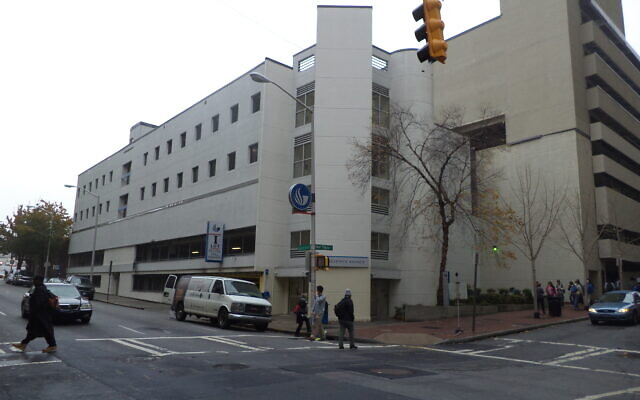
comments